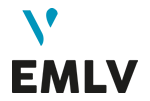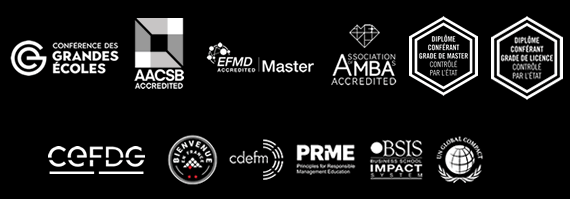Supply chain risk management is becoming a primary procurement issue, especially when firms risk losing millions due to supply disruptions, cost volatility, non-compliance fines, and incidents that could potentially harm them in the long run. All of the following risks could have the potential to cost any firm plenty in sales and operation, that’s why risk management should form an integral part of good purchasing and supply practice.
It is essential to address the right risks and use the right strategies and the first stage in any risk management approach is to identify specific supply chain risks and mitigate them.
Supply Chain Risks: The Bad, The Dangerous, and the Unforeseen
Financial
The financial risks can generally range from an unanticipated or unfavorable change in exchange rates, budget overruns, and constructive changes, to missed milestones requiring additional financing, which are all instances of financial risks. Unexpected cost overruns, which may be linked to other risk factors such as changes in the scope of work necessary to effectively complete the activity, are also financial hazards.
Legal Challenges
Legal and contractual risks are frequently associated with disputes or differing interpretations of contractual responsibilities, as well as failure to meet the terms and conditions. Violations of the law, as well as civil lawsuits, can be included in this category.
Environmental Risks
It’s crucial to assess the danger a supplier or contractor poses to the environment during the sourcing process. The organization’s detrimental impact on water, air, and land as a result of discharges, emissions, and other types of waste is considered an environmental risk.
What About Human Behavior?
Probably the most difficult to assess because of the high probability of being uncontrollable. Examples of human behavior risks include but aren’t limited to illness or accident, or the departure of key employees, leading to a point where the project or activity may be jeopardized. It could also be the result of poor judgment or poor decisions.
5 Best Practices to Mitigate Supply Chain Risks
1. Identify and Evaluate
Current Risks should be assessed and identified. Examine your company critically and discover any areas where you may be exposed to risk. Determine and assess the likelihood of supply chain disruptions.
2. Prioritize
Because it’s impossible to anticipate every scenario, prioritize potential risks based on how likely they are to occur. Then, for each event, calculate the financial and brand impact. Create contingency plans for risk mitigation, starting with the most likely and high-impact risk scenarios.
3. Honesty is the best policy
Be open and honest with your partners and any stakeholder that works alongside you and your team. Share data, such as higher sales predictions, and involve partners in product design improvements. This ensures that vendors have the proper goods on hand when it’s needed. In the same way, if sales expectations fall short, inform your partners. They’ll be grateful for the heads up, and it’ll help to build your bond and long-term stable relationship.
4. Never stop learning
Taking into account societal changes and consumer expectations, the MSc Supply Chain Management at EMLV aims to train graduates to propose and develop appropriate business models (short circuits, delivery and relay points, etc).
As a future supply chain manager, you will be an agent of change mastering project management, focusing on collaborators (Kanban) or customers (Lean 6 Sigma). By mastering internationally recognized certification, you will acquire new skills, enabling you to improve the flow management of materials, goods, and people, but most importantly be equipped with the necessary tools and knowledge to face the potential risks that you can stumble upon during your professional experience, whether an expert or beginner in the field.
Understanding supply chain risks enables you to take effective action in response to uncertainty





















